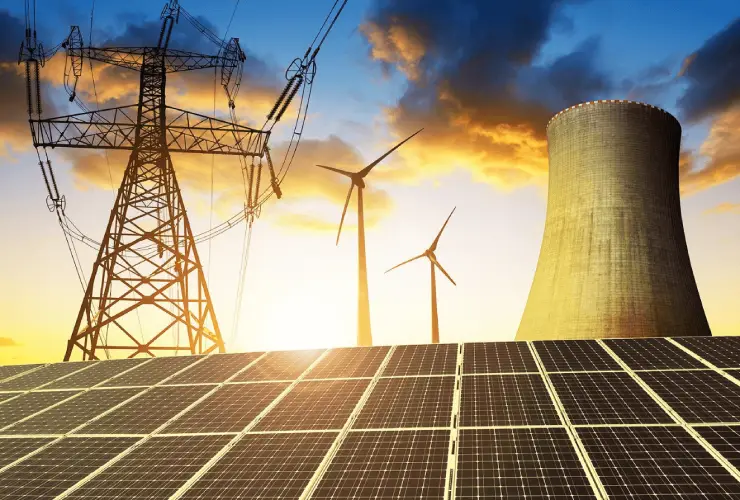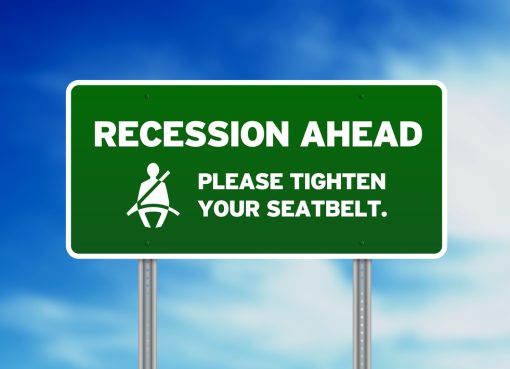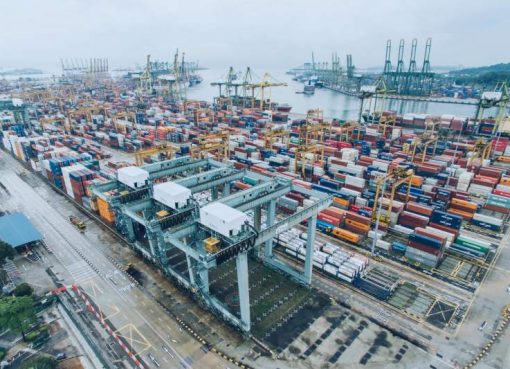The European energy sector is in the midst of an unprecedented crisis. A confluence of factors – from the phase-out of nuclear power to declining renewable energy investment – has led to a perfect storm that is leaving the continent’s energy future in doubt. In this blog post, we will explore the reasons behind the energy crisis in Europe and what can be done to mitigate it. From the issues with nuclear power to the rise of populism, read on to learn more about the challenges facing Europe’s energy sector.
The European energy crisis is a term used to describe the increased dependence of European Union countries on imports of natural gas and oil, as well as the dwindling supplies of indigenous fossil fuels. The EU imports about 53% of the natural gas it consumes and about 70% of the oil.

In 2015, Russia was the EU’s main supplier of imported natural gas, with a share of 38%, followed by Norway (28%), Algeria (10%), Qatar (9%), and Trinidad and Tobago (6%). The European energy crisis has been caused by a number of factors, including the depletion of indigenous fossil fuel resources, the high cost of imported fuels, political instability in supplier countries, and the growth in demand for energy.
Table of Contents
What is the Solution to the European energy crisis?
Reducing Reliance on Imported Energy:
One way to solve the European energy crisis is to reduce the continent’s reliance on imported energy. Europe currently imports about 50% of the oil it uses and 80% of its gas. To reduce its dependence on imported energy, Europe could increase its production of domestic oil and gas, as well as invest in alternative sources of energy such as nuclear power and renewables.
Increasing Energy Efficiency:
Another way to solve the European energy crisis is to increase the continent’s overall level of energy efficiency. Europe currently consumes more than twice as much energy per person as China and three times as much as India. To become more efficient, Europe could implement policies to encourage individuals and businesses to use less energy, such as increasing taxes on fossil fuels and providing subsidies for renewable energy.

Investing in Renewable Energy:
A third way to solve the European energy crisis is for the continent to invest more heavily in renewable forms of energy such as solar, wind, and hydropower. Currently, renewables make up only about 7% of Europe’s total primary energy mix. However, with continued investment, renewables could provide a much larger share of Europe’s energy needs in the future.
It’s evident that there are a number of reasons behind the current energy crisis in Europe. From political turmoil to climate change, the continent is facing a perfect storm of challenges. However, it’s also clear that there are ways to mitigate the crisis and ensure a more stable future for Europe’s energy supply. With the right mix of policies and investments, the continent can weather this storm and come out stronger on the other side.





